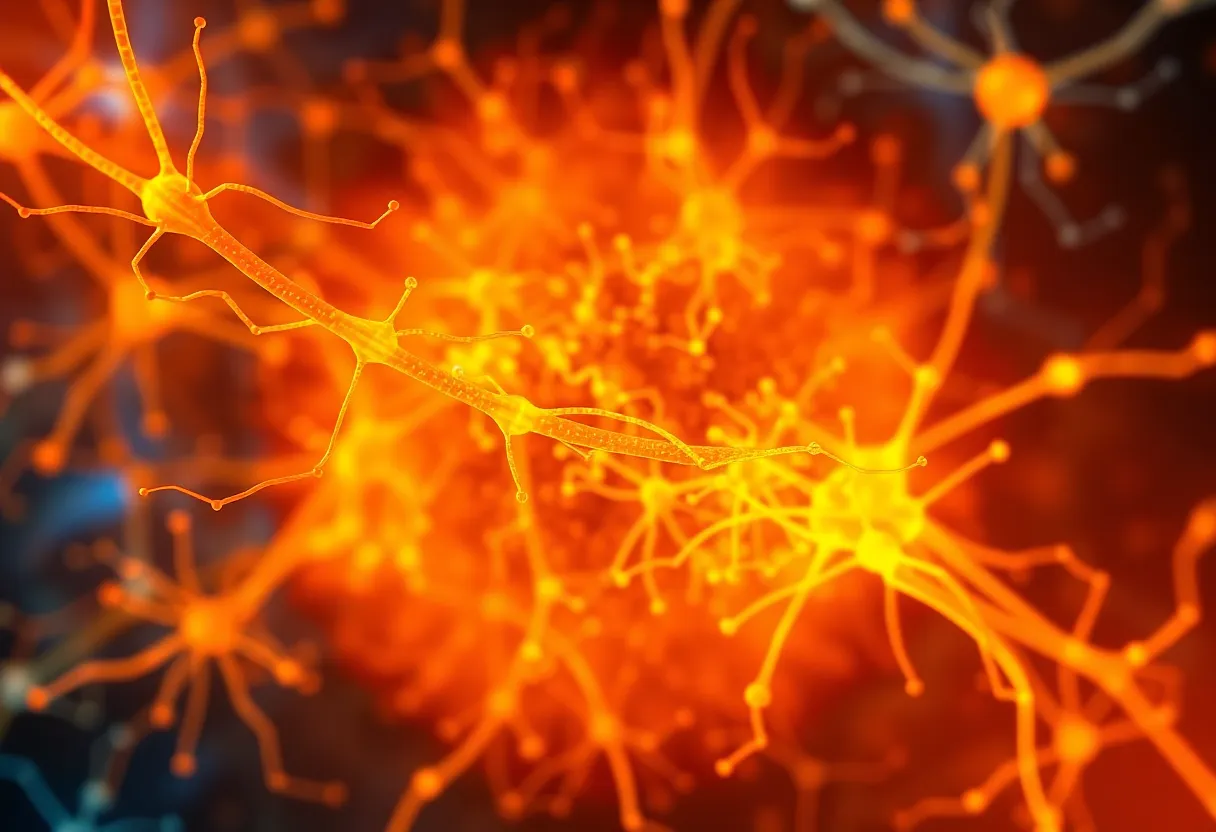News Summary
Professor John O’Brien of the University of Houston College of Optometry has received a $2.6 million grant from the National Eye Institute to advance research on retinal and neurological functions. This funding aims to explore the molecular mechanisms of electrical synapses, improve understanding of sensory perception, and investigate connections to neurological disorders. O’Brien’s team will focus on crucial proteins like Connexin 36 and their roles in synaptic plasticity. The research holds promise for enhancing treatments for vision issues and neurological conditions.
Houston – A significant advancement in retina research has been made possible by a grant of $2.6 million awarded to Professor John O’Brien from the University of Houston College of Optometry by the National Eye Institute. This funding will facilitate ongoing investigations into retinal and neurological functions, aiming to deepen the understanding of the critical molecular mechanisms involved in these processes.
Professor O’Brien is a well-regarded authority in retinal neuroscience, boasting over 20 years of dedicated research experience. The research primarily focuses on the dense assembly of proteins associated with electrical synapses, commonly referred to as gap junctions, which play a pivotal role in transmitting electrical signals between neurons. By studying these gap junctions, the team hopes to uncover the dynamics of visual information processing, particularly how changes in their strength, known as plasticity, can influence sensory perception.
Research has indicated that alterations in the functionality of electrical synapses may be associated with various neurological conditions. For instance, reduced activity in these synapses has been linked to autism, whereas hyperactive synapses can result in seizures. Understanding the mechanisms that regulate these functions may provide new insights into treating such disorders.
The research team, led by O’Brien, will focus on identifying specific proteins involved in electrical synapses and assessing their impact on retinal function. One of the key proteins under investigation is Connexin 36 (Cx36), which is known to play a crucial role in synaptic plasticity. Furthermore, the phosphorylation of Cx36 is particularly significant as it influences the protein’s plastic properties.
Cx36 has also been implicated in the emergence of refractive errors, a prevalent vision issue affecting individuals worldwide. O’Brien’s previous research has highlighted the importance of plasticity in maintaining effective daytime vision, as it allows the retina to adapt its sensitivity levels, thus enhancing image clarity.
In a notable achievement, O’Brien has compiled a comprehensive catalog of core proteins surrounding electrical synapses that are preserved across different species, thereby emphasizing the fundamental nature of these biological mechanisms. This extensive database serves as a crucial resource for ongoing and future studies in the field.
The National Eye Institute has a long history of supporting O’Brien’s work, having funded his research continuously since the year 2000. This lasting commitment underscores the significance of his contributions to the scientific community and the broader understanding of retinal health and neurological functions.
The findings from this research are expected to have far-reaching implications, not only in the realm of vision science but also in the understanding of various neurological disorders. As the research progresses, it may pave the way for new therapeutic approaches and interventions aimed at addressing issues related to retinal and synaptic function.
Overall, this grant represents a substantial investment in the future of retinal research and highlights the University of Houston’s commitment to advancing medical knowledge and improving health outcomes in the field of optometry.
Deeper Dive: News & Info About This Topic
HERE Resources
Additional Resources
- Houston Innovation Map: NEI Grant for Retina Research
- Wikipedia: Retina
- Optometry Times: UH Researchers’ Grant
- Google Search: Retinal Diseases
- Photonics: Adaptive Optics and Retina
- Google Scholar: Adaptive Optics Retina
- Houston Innovation Map: Usher Syndrome Research
- Encyclopedia Britannica: Usher Syndrome
- Ophthalmology Times: Red Light Therapy and Retina
- Google News: Myopia Therapy
Author: STAFF HERE HOUSTON TX WRITER
The HOUSTON STAFF WRITER represents the experienced team at HEREHouston.com, your go-to source for actionable local news and information in Houston, Harris County, and beyond. Specializing in "news you can use," we cover essential topics like product reviews for personal and business needs, local business directories, politics, real estate trends, neighborhood insights, and state news affecting the area—with deep expertise drawn from years of dedicated reporting and strong community input, including local press releases and business updates. We deliver top reporting on high-value events such as Houston Livestock Show and Rodeo, Art Car Parade, and Chevron Houston Marathon. Our coverage extends to key organizations like the Greater Houston Partnership and Houston Area Urban League, plus leading businesses in energy and healthcare that power the local economy such as ExxonMobil, Schlumberger, and Houston Methodist. As part of the broader HERE network, including HEREAustinTX.com, HERECollegeStation.com, HEREDallas.com, and HERESanAntonio.com, we provide comprehensive, credible insights into Texas's dynamic landscape.





